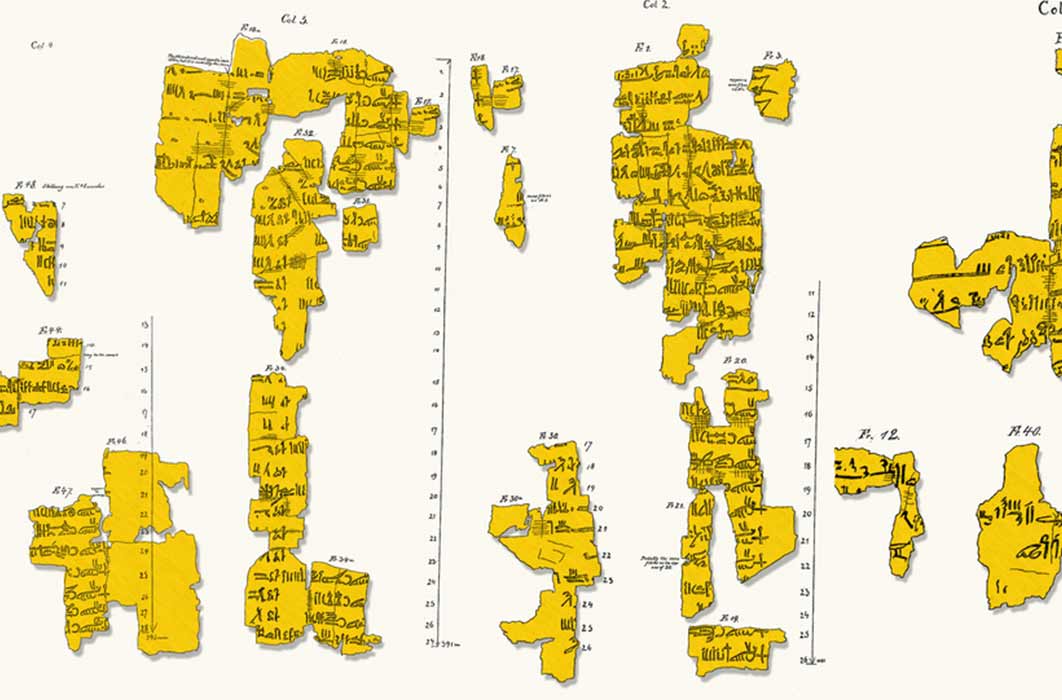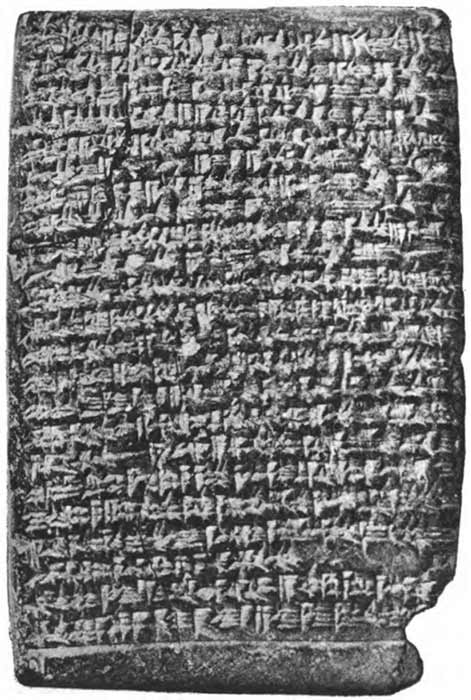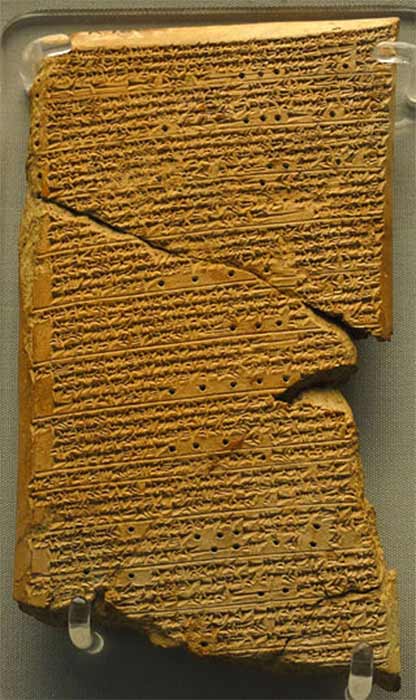
New Ancient Middle Eastern Chronology Unlocks Hidden History Of Egypt and Mesopotamia
In the academic study of the ancient world, chronology or timeline is of the utmost importance. This is especially true for the ancient Middle East. When events in Egypt are to be correlated with events in Mesopotamia, the single most important factor is the selection of the right chronology among all the possibilities, for if this chronology is the wrong one, the subsequent historical review of the ancient Middle East will be skewed. Confusing chronologies is still one of the biggest problems plaguing ancient Middle Eastern studies. After centuries of archaeological endeavours in the Middle East there is still no consensus about the dating of the early Mesopotamian and Egyptian civilizations—both in absolute terms as well as in relation to each other—especially for the third and early second millennium BC.

Obverse of tablet A of Mesopotamian Chronicle of Early Kings (Public Domain)
In a paper published in the Journal for Semitic Studies (2019/2), the current author proposed a new chronology for the ancient Middle East and with it a totally new picture of history emerged insofar as relations between Egypt and Mesopotamia are concerned. What made this publication so significant is that a new cuneiform text of the royal epic of the Sealand king, Gulkišar, recently discovered in the Hilprecht collection in Jena, Germany (of which the first English translation appeared in 2019), strongly supports the said chronology. This confirmation of the chronological model was published as a research note in the same journal, the Journal for Semitic Studies, in the very next issue (2020/1). It does not often happen that a theoretical model receives strong and explicit support from new discoveries.
The new understanding of history which has become available with this new chronological model reveals and unveils the identities of figures and information about related events, which have until recently remained hidden for the simple reason that this information had basically been ‘encrypted’ without the correct chronological reconstruction of history having been available. It gives good reason to believe that the great Akkadian Emperors of old visited Egypt on their western military campaigns and left certain traces there which can now be understood according to the new chronology.
Ancient Middle Eastern Chronologies
In general, there are basically only a few well-established chronologies used in the historical study of Egypt and Mesopotamia. These are compiled using certain astronomical data together with available king lists, which are adapted in accordance with the scholarly understanding of those periods in history.
As for Egypt, there are two chronologies, introduced by the Egyptologist, K.A. Kitchen, called the “high” and “low” chronologies. The high chronology dates the beginning of the Twelfth Dynasty in Egypt to 1963 BC, whereas the low chronology dates it to 1937 BC. These dates are founded on different calculations of the heliacal rising of the star Sirius in the seventh regal year of Senusert III of the Twelfth Dynasty, based on different proposed sites of observation at Memphis or Elephantine. The Turin Royal Canon could be used to extent Kitchen’s chronologies backwards.

Venus Tablet of Ammisaduqa. Neo-Assyrian period. (Fæ/ CC BY-SA 3.0)
For Mesopotamia, there are four established chronologies, namely the “high” (“long”), “middle”, “low” (“short”) and “ultra-low” chronologies. These are also based on astronomical considerations, especially the Venus Tablet of Ammisaquda, the fourth ruler of Babylon after Hammurabi, and date the beginning of the reign of Sargon the Great of Akkad, and thus of the Akkadian Empire, back to 2370 BC, 2334 BC, 2270 BC and 2100 BC respectively.




